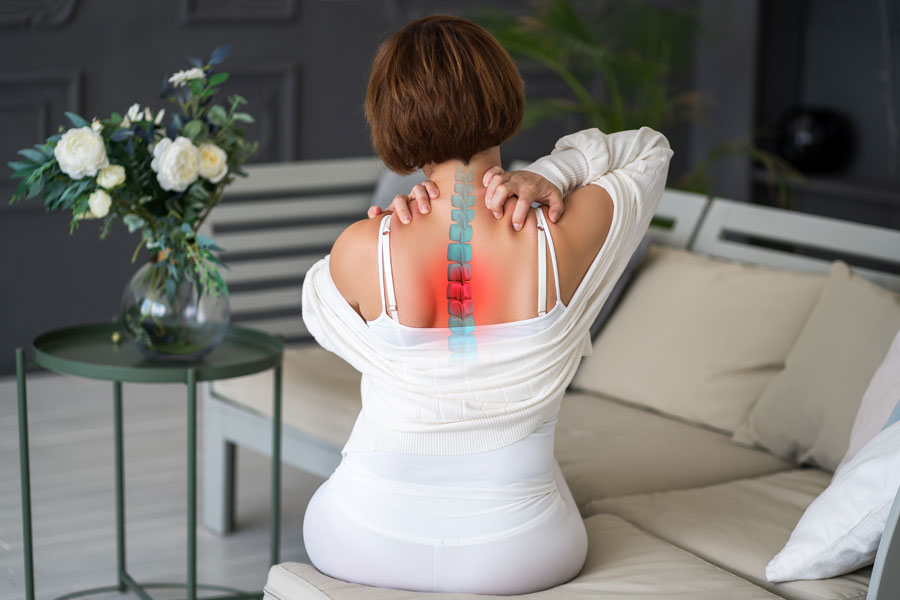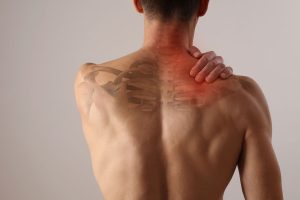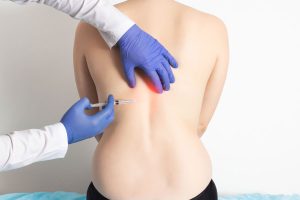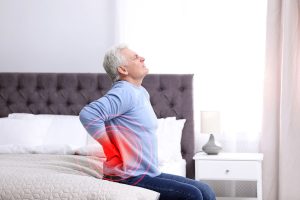Hearing the term osteochondrosis, we often think this is a single disease. But in reality, osteochondrosis combines in itself several diseases. They mainly affect children and adolescents aged 10 – 14, yet some disorders may also develop in adults following a trauma. Let’s take a closer look at the osteochondrosis classification, causes, signs and symptoms that may help you notice any issues in the early stages of the disease.
The Three Types of Osteochondrosis
Depending on the bone areas affected by the disease osteochondrosis disorders fall into three groups.
Articular Diseases
This group includes disorders affecting joint areas. This group is the largest and comprises:
- Köhler disease. This condition affects the foot, particularly the tarsal navicular bone.
- Legg-Calvé-Perthes disease refers to the death of bone in the femoral head of the hip due to the interrupted blood supply.
- Panner’s disease affects the elbow joints.
- Friberg’s infarction – bone death occurring in the second or third toe. Rarely this disease can also affect the first or the fourth toe.
- Blount’s disease, which is a growth disorder of the tibia.
Physeal or Spinal Disease
The only disorder included that falls into this type is Schauermann’s disease, also called juvenile kyphosis. This is a medical condition appearing in childhoodandis characterized by the uneven growth of the vertebrae. If looking at the affected backbone magnetic resonance imaging, the posterior angle will be greater than the anterior.
Nonarticular Diseases
While the disorders included in the first and the second groups are grouped based on their localization, nonarticular disorders combine medical conditions that may appear anywhere in your skeleton. To this group belong:
- Osgood-Schlatter disease. The affected joint, in this case, is the knee. The disease provokes irritation and inflammation of the growth plate in the tibial tubercle, leading to the appearance of a painful bump right under your knee.
- Sever’s disease, which is the inflammation of the growth plate in the back of the heel.
- Osteochondritis dissecans occurs when asmall piece of osteochondrosis-affected articular cartilage and bone dislodge from their correct position due to the limited blood flow. Although this may happen anywhere in your skeleton, the typical locations of osteochondritis dissecansare knees and elbows.
How Do I Know I Have Osteochondrosis?
The symptoms of the diseases combined under the term osteochondrosis vary depending on the disease type and its localization. Some people may never know about their disorder due to the absence or mildness of the symptoms. Still, such cases are rare,and in most situations, you will understand there’s something wrong with your bones and joints right away.
Osteochondrosis symptoms usually start with pain localized in the affected area, like knee pain, elbow pain, back pain, etc. Other common symptoms of this group of orthopedic disorders include:
- inflammation;
- swelling of the affected joints;
- a limited range of motion in the joint;
- limping (especially if hip joints are affected);
- weak joints;
- inability to straighten the affected limb.
Who Is at Risk of Developing Osteochondrosis?
The risk factors promoting the development of osteochondrosis include exercise, diet, heredity, and gender. Let’s take a closer look at each of them.
While we’ve always been told that physical activity is the key to a healthier life, excessive physical loads, especially in the active phase of bone growth, can negatively affect the child’s health. Children engaged in sports, especially professional-grade competitions, are more prone to developing osteochondrosis than their peers who don’t have such a physical load.
Diet is another element that can put you at risk of developing orthopedic disorders. A lack of certain nutrients, like vitamin D and calcium, affects bone growth and may cause some structural abnormalities to appear.
Heredity is one of the risk factors having sufficient scientific grounds. People with a family history of osteochondrosis are more likely to develop any of the mentioned conditions that those who don’t have any of them running in the family.
The person’s gender is also a risk factor for osteochondrosis. Boys tend to be more prone to developing these diseases, as they appear more physically active and are at a higher risk of trauma.
What Can Trigger a Disease Development?
Provided osteochondrosis combines a range of orthopedic conditions, there is no common cause for all the disorders. But there still exist some most common triggers leading to the disease. They are:
- bone injury;
- violated blood flow to the joint/bone;
- rapid growth;
- dietary imbalance;
- excessive physical load on the joint.
How to Ease Your Condition?
One of the most common recommendations for easing the symptoms of osteochondrosis is to reduce the load on the affected joint. In acute conditions, a cast or a brace can be used to minimize the load. Another thing you can do is to improve the flexibility of your tendons and work on muscle strength in the areas surrounding the affected bones.
People suffering from osteochondritis dissecans may require surgery to remove the bone fragment.
Rheumatologic conditions: Prednisone
Bottom Line
Osteochondrosis can bring a lot of pain and discomfort, especially in children. However, healthy and balanced nutrition, moderate physical activity, and avoiding bone trauma can help you reduce the risks of developing these disorders.




